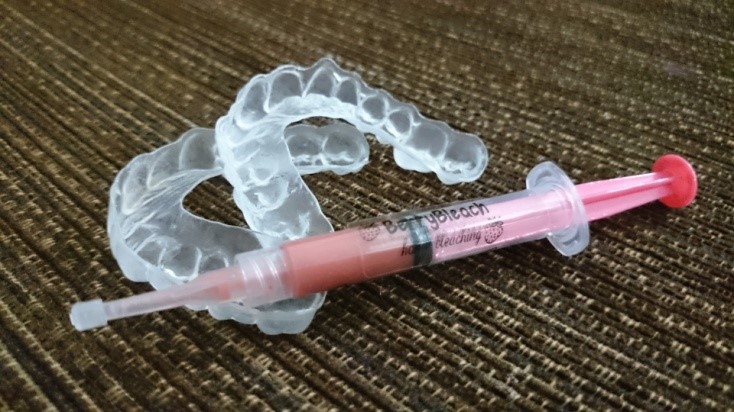
Smoking, drinking tea, coffee, or using antibiotics, having trauma or systemic disease may lead to the discolouring of the teeth. This actually can be minimised by bleaching, but the use of hydrogen peroxide and carbamide peroxide for bleaching can bring side-effects, too, such as sensitive gums, tongue losing tasting response, change on the outer layer of teeth, even carcinogenic effects.
To resolve this issue, students of UGM’s Faculty of Dentistry develop a bleaching using strawberry as the main ingredient for the Student Creativity Programme for Research.
Dimar Pangestika Sari, Onni Fitriani Solikhah, Enggardini Rachma Hakim, and Eliana Kurnia Dewi chose strawberry as the fruit has ellagitannin acid that has the role to make the colour of the tooth brighter. Strawberry is also easy to get and is liked by many. Other material for the bleaching they use is baking soda.
“We’re trying to combine and formulate these two into a bleaching with neutral pH that is safe to use. Bleaching must not be acidic as it can damage the hard tissue of the tooth,” said Onni on Friday (10/6).
The combination of strawberry and baking soda that is amphoterin produced a bleaching gel with neutral pH, they named it Berrybleach. The in vitro test proved that Berrybleach is effective to bring back the natural colour of the tooth. Penetration performance of Berrybleach is also safe, not damaging the hard tissue of the tooth. Overall, testing showed that this gel has competitive value with those of other commercial products in the market but with far smaller side-effects.
“The results are equal to penetration performance of commercial bleaching gel. The side effect such as the rough surface of tooth proved to be minimal,” said Onni.

